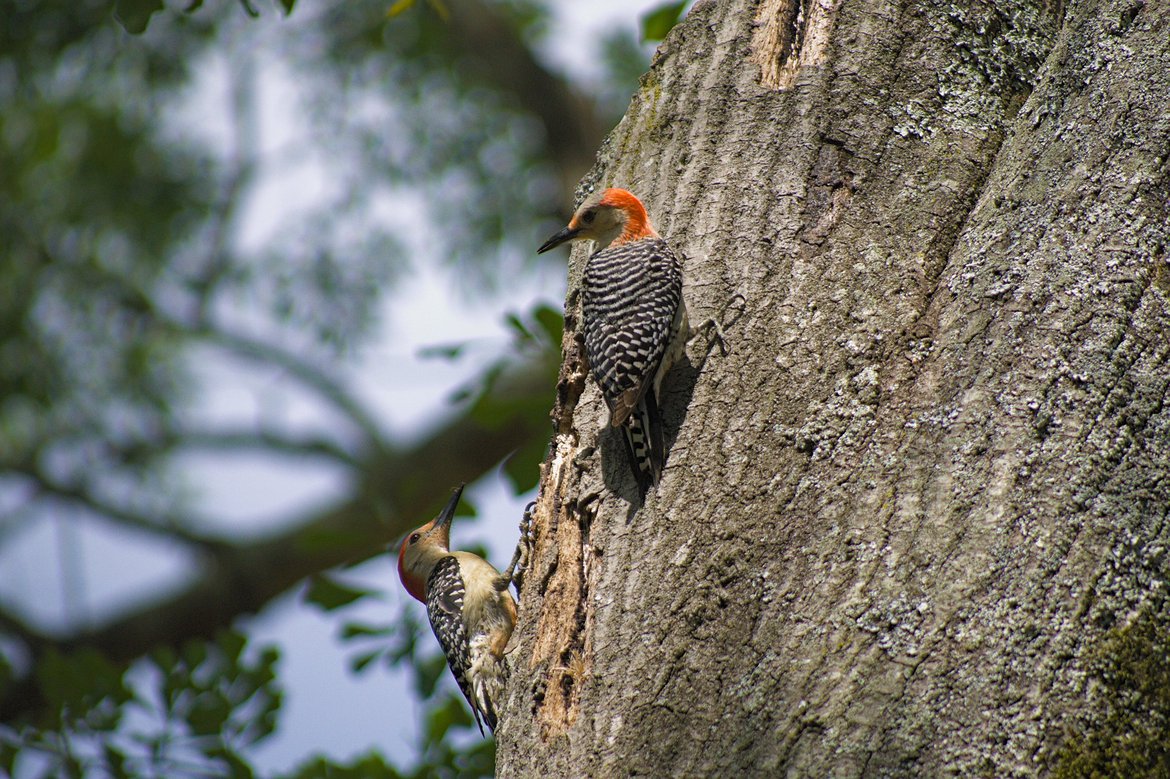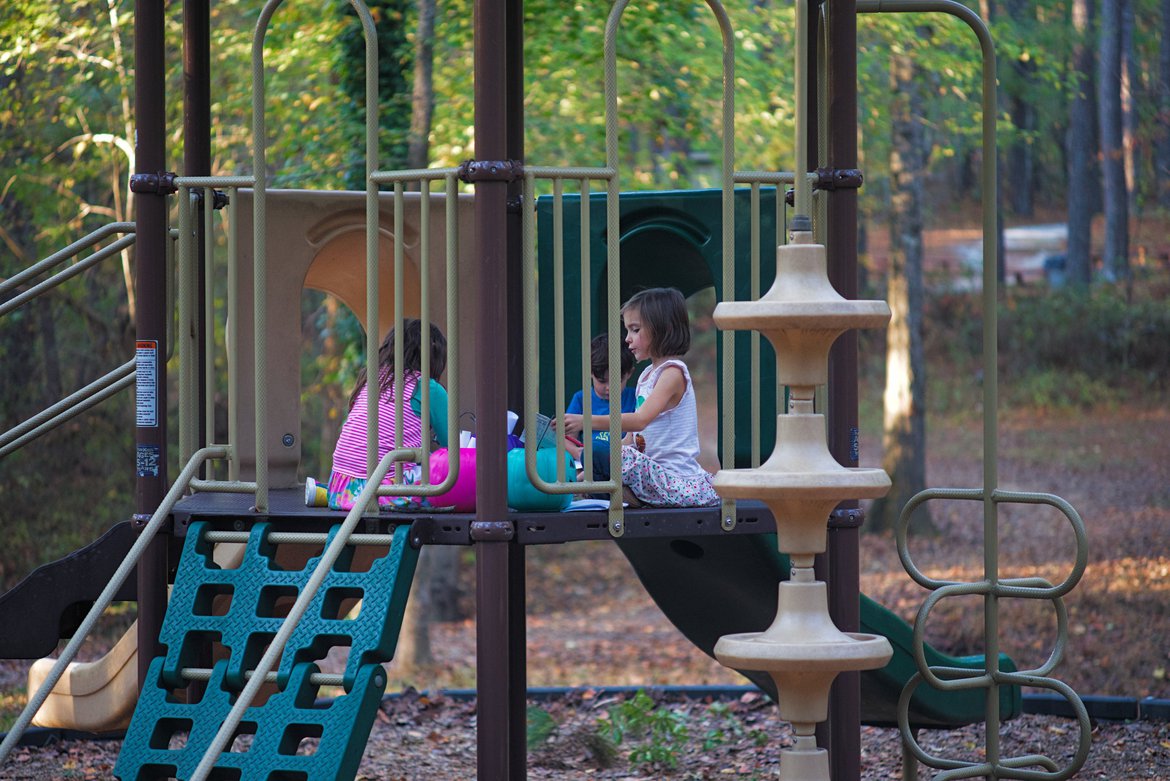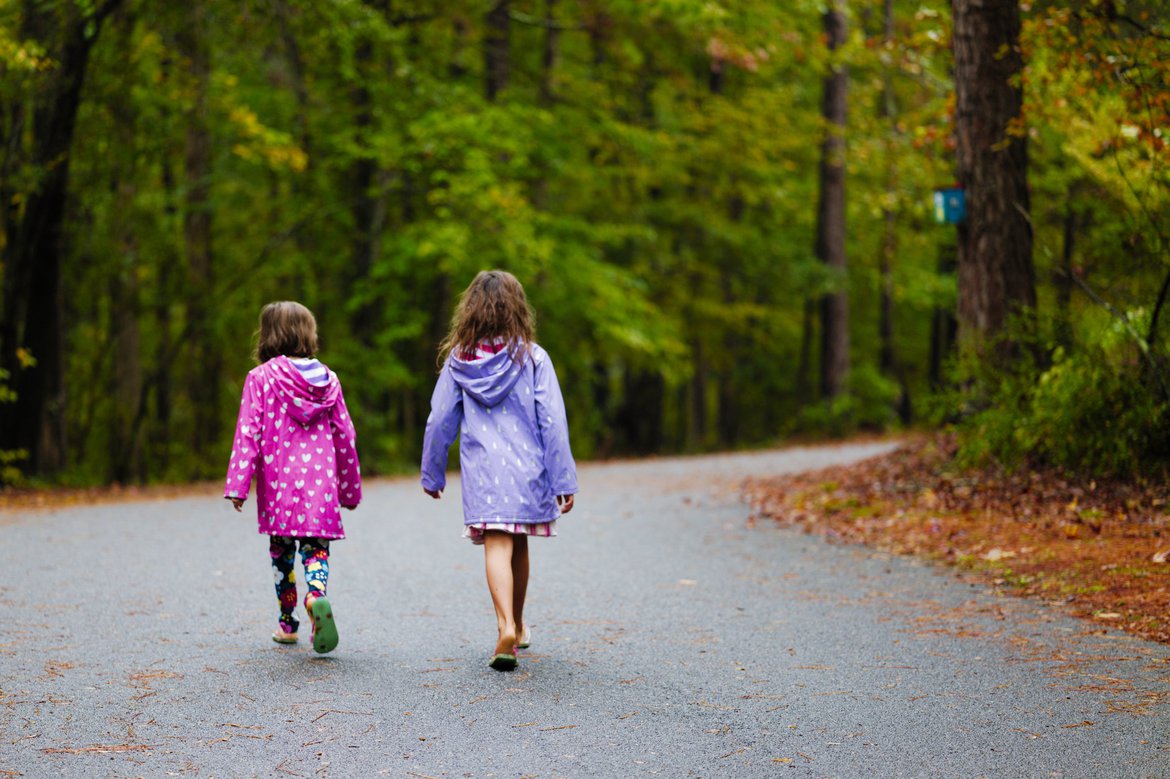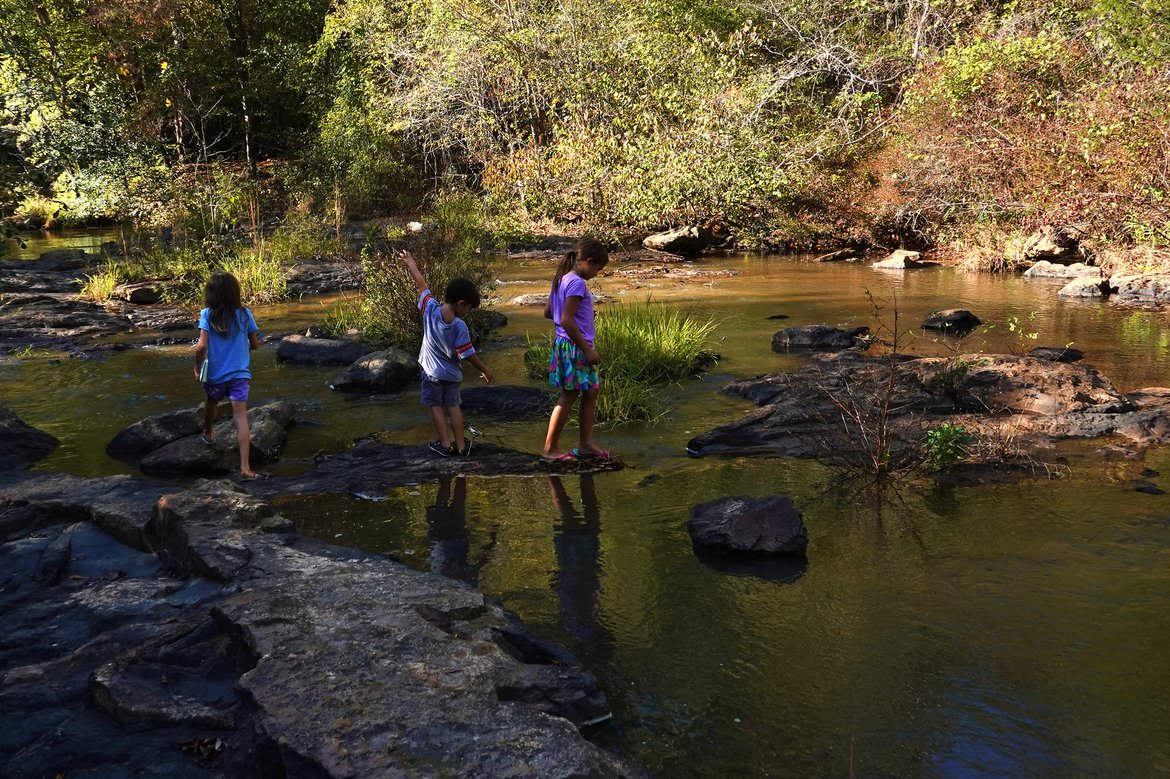Bird Watching
Carolina wrens, barred owls, and red-tailed hawks
Most mornings I am up early enough to hear the signature sounds of whippoorwills, sometimes even the cackling of an owl. It’s not long before those birds quiet down though. By the time my coffee is ready the forest is transitioning from night sounds to dawn sounds. Song birds warble in the dogwoods. Red-bellied woodpeckers drum on oaks. Somewhere high overhead a red-tailed hawk shrieks.
We were house sitting for a few days once and the kids were complaining that, with the curtains closed, they could not tell when it was morning in the house. I asked them, “how do you know when it’s morning in the bus?” And they said, “we hear the birds singing.” Birds mean morning.
Every morning somewhere between the golden light of sunrise and the starker white of midday, three Carolina wrens stop by our campsite looking for food. Many birds move through the forest around us throughout the day, but these three come right into the campsite as if we’re not even here.
I sit at the table, writing. I don’t move that much I suppose, but certainly the wrens are aware that I am here. The noise of my fingers typing on the keyboard is enough to keep squirrels away. Yet everyday these three wrens behave as if I don’t exist.
Carolina wrens are tiny brown and tan birds with a slightly downward curved bill. They’re the sort of small brown bird that never stops moving. They flit and hop and bounce and chip-chip around beneath the table, even on the table sometimes, while I work.
Periodically one stops moving and cocks its head to look at me, as if reassessing what sort of threat I represent. But inevitably curiosity is satisfied and it goes back to ignoring my existence, hopping around, once even perching on my foot to get a better view of the ground. One wren even got up on the table and hopped along picking at crumbs, coming right toward me. I thought it was going to land on my arm, but at the last minute it seemed to suddenly remember me and it flew off into the bushes.
It’s nearly the time of year when the permanent avian residents of the Georgia mountains begin to band together. There aren’t that many. Most species are off in Mexico or South America by now. Those that remain band together for the winter. You see flocks consisting of Carolina chickadees, tufted titmice, and Carolina wrens, sometimes joined by golden-crowned kinglets, downy woodpeckers, perhaps a nuthatch or two. They join up in Autumn and often, from what I saw back when we lived here, stick together for most of the winter.

But it’s not quite cold enough for that yet. These are Carolina wrens, traveling alone, together. Their dark eyes watch me whenever I walk around. If I get too close they scurry away, flutter off under the bus or into the wheel well, but for the most part it feels like I am in their mid-morning snack spot and it’s me who should be moving.
These three were the first time I’d had much encounter with the avian world in a long time. Mockingbirds had ruled in Texas, and I was feeling bad about the summer tanager I’d hit and killed while driving out there. It seemed as if the avians were angry with me, understandably. I dreamed once that a goldfinch was pecking at my finger, biting me until I bled.
After a few days of the wrens coming through I started to feel like perhaps I was forgiven for that bloody mishap with the tanager. Then one morning I stepped outside at dawn and there was a barred owl not more than ten feet away.
I don’t write about them much, but birds have dictated our destinations as much as anything else. If you were to overlay our route through the Gulf Coast in 2018 with popular spring migration birding spots, our route might make more sense. We’re not Kenn Kaufman by any means, but we’ve been known to be on St. George Island in April, maybe spend summer in the Great Lakes, and perhaps try for an early spring in the Chiricauhua region.
My kids have been bird watching since they could stand up. It wasn’t something I forced on them, they’d never do it if I’d done that. You can’t force things on people, especially kids. If you want to teach your kids something, don’t talk about it, do it. Don’t tell them what you’re doing, just do it. They learn by osmosis and curiosity, not “teaching”1.
Our kids picked up the bird book that was sitting on the coffee table in our old house and started looking at the pictures before they could walk. There’s a photo of one of them, still in diapers, the Sibley Guide to Birds spread out before her, thoughtfully tracing her finger down a page of warblers, trying to find one that looks like the bird in a photo a friend’s mother had sent us (it was a goldfinch).
Our kids know a lot about the natural world because it surrounds them every day and piques their curiosity. They wake up to the sound of birds singing. They point out the shrieks of the red-tailed hawk when it circles overhead in the morning. They note the chickadee and titmouse flock when it comes through not long after that. Every time they go for a walk when I’m working I get a full catalog of interesting birds I missed. Birding by proxy.
It’s not always birds of course. One evening the kids found a meadow vole under the bus, drinking from the tiny puddle of condensation that collects below the air conditioner. I imagine it’s busy around that water at night. The vole apparently overstayed and got caught out in the open. The kids dug it some roots and piled them back in the shade, where it could eat, but still keep cool. We stepped in for dinner and when we came back out it had moved on.
Later, after the kids were in bed, I sat out by the fire, listening as the evening sounds faded back to night sounds. The songbirds fell quiet. The woodpeckers stopped tapping. The whippoorwills started up. Later the deep voice of a great horned owl drifted up from somewhere down by the river below. I thought of the vole. Good luck out there friend.
-
At least not teaching the way we commonly do it in American schools. General strategies can often be conveyed well (aka, taught) but no one (kids or adults) learns when they aren’t interested. And you can’t force interest. ↩









Love the owl picture. Thanks for the info about St. Louis.
Gwen-
Thank you! Hope you had a good trip.